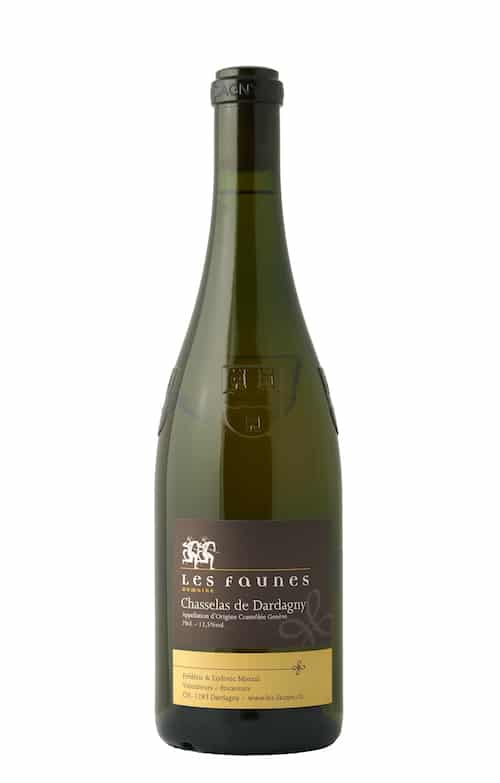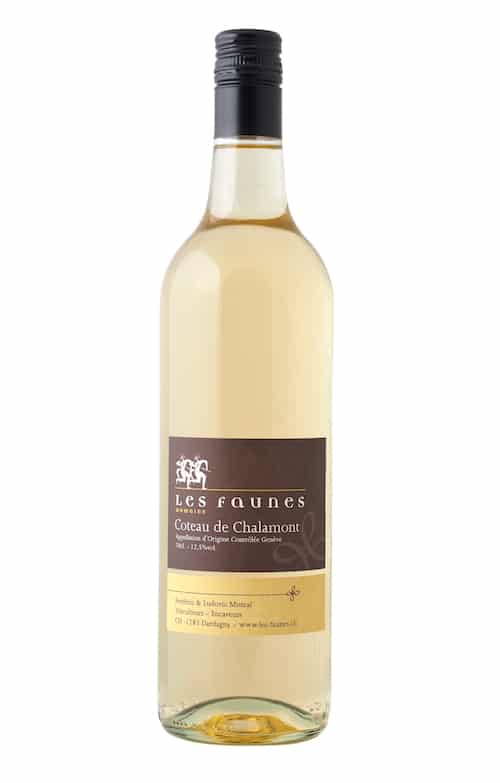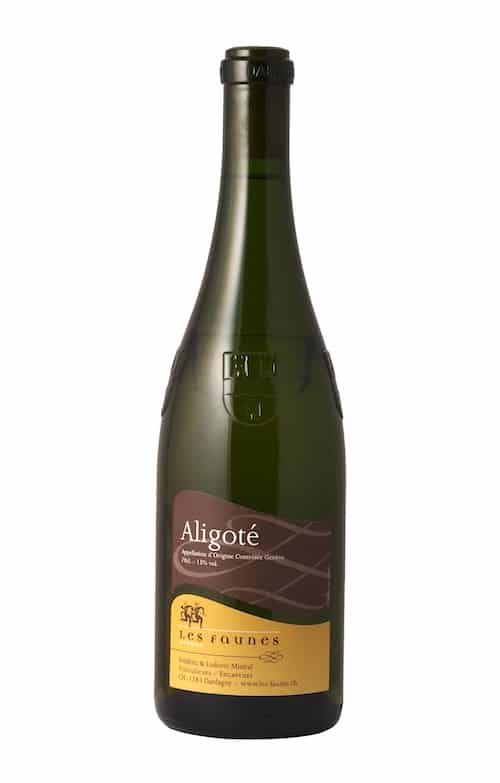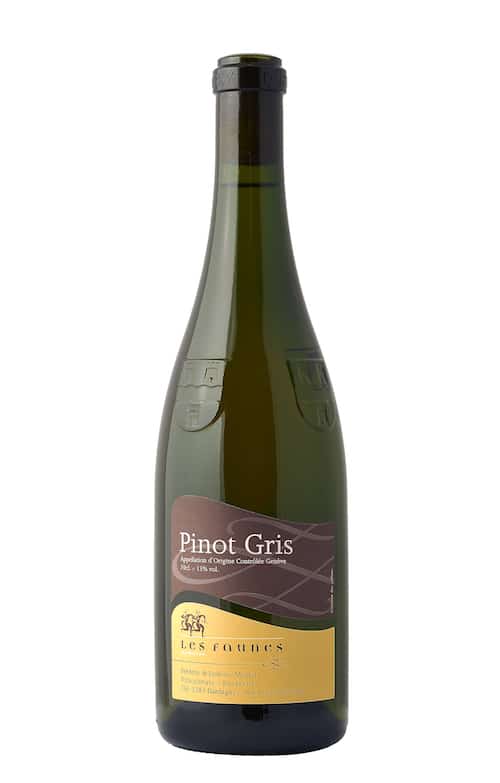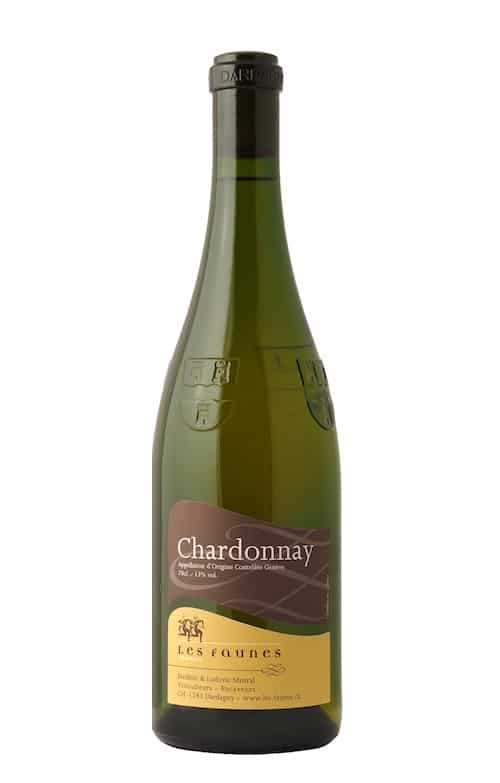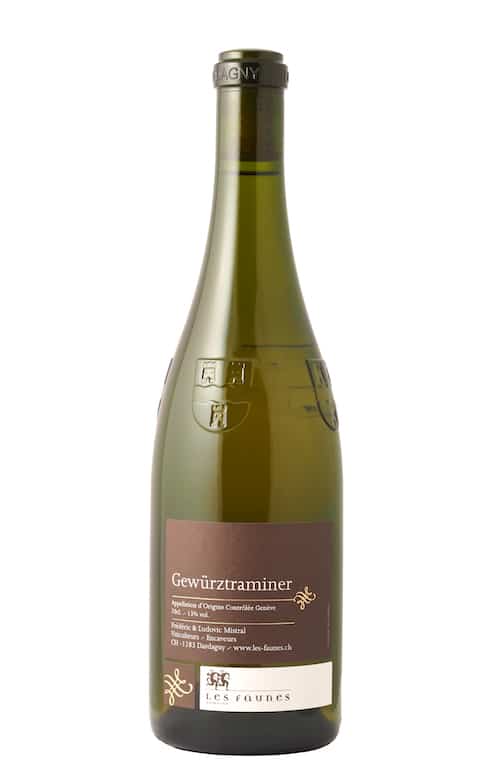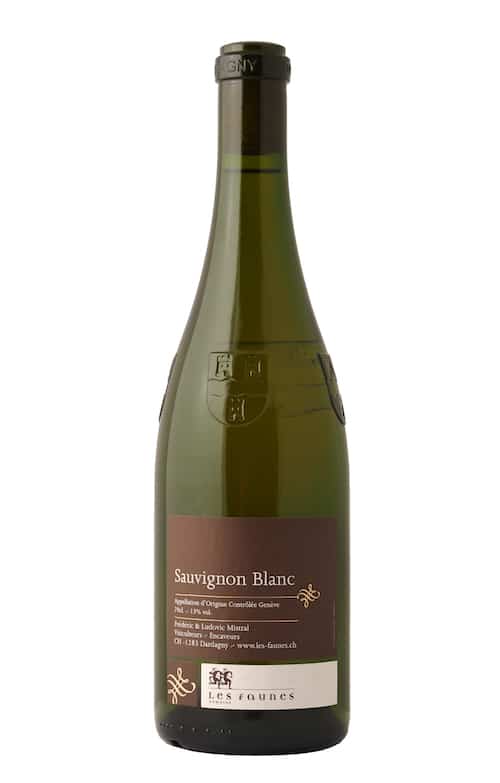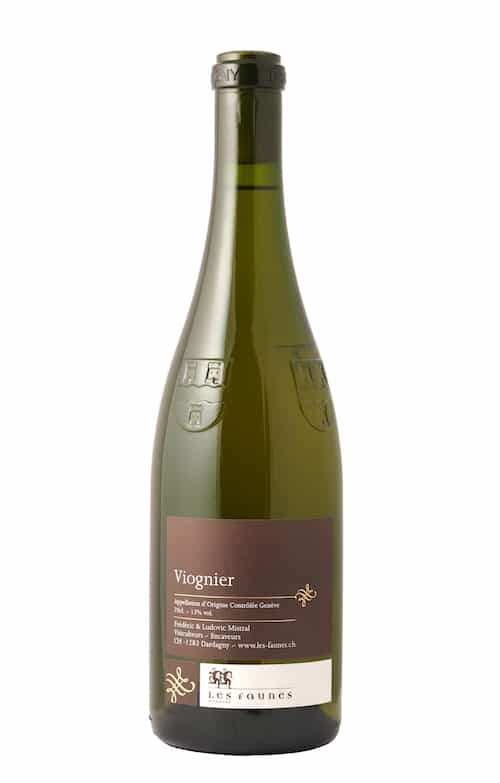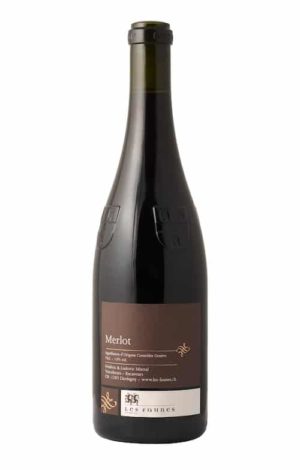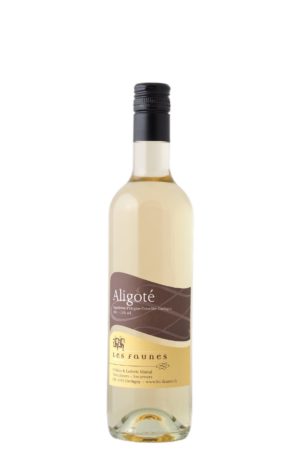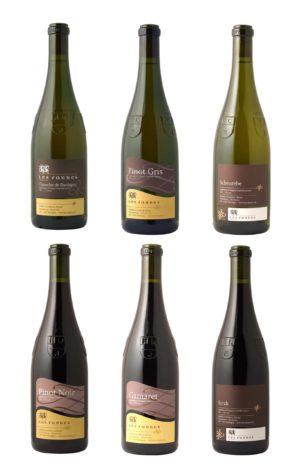White wines
Chasselas Les Faunes
Crisp and light, it makes an ideal aperitif wine. However, it is indispensible for the classic Swiss cheese dishes fondue and raclette, as well as smoked meat dishes. Also goes well with freshwater fish and light seafood.
Coteau de Chalamont
Accompagnies:
The Coteau de Chalamont is a wine that is ideal as an aperitif. However, the same as Chasselas, this wine is wonderful with fondue and raclette.
Aligoté
Tasting notes:
Bouquet: Pineapple is noticeably present, and one can also remark some aromas of fresh mango.
Palate: Aligoté is characterized by a vivacious fresh feeling in the mouth that delights lovers of dryer wines.
Pinot Gris
Variation of Pinot Noir, called “Ruländer” in Germany, “Malvoisie” in Valais, formerly “Tokay” in Alsace, and “Grey Monk” in Hungary. It has been present in Geneva for twenty years where it gives excellent results. It takes its name from the colour of its grapes, which, when ripe, have a greyish pink colour. It can be vinified into a dry wine, or equally well a sweet wine when residual sugar is present. We have chosen to produce a fresh, dry wine.
Tasting notes:
Bouquet: Dominant aromas are quince and honey.
Palate: We re-experience the aroma of quince. This wine is full bodied and generous. Very smooth and rich in the mouth, where it shows all its character.
Chardonnay
Tasting notes:
Bouquet: Floral and fruity
Palate: We re-experience the fruity bouquet, well bodied and smooth.
Accompagnies:
Universally appreciated as an aperitif, but goes well with seafood.
Gewurztraminer
Very well known in Alsace, Gewürztraminer actually originated in South Tyrol. This variety can be fermented into both a sweet dessert wine (with a few grams of residual sugar) or a dryer wine. We regularly choose the option of a dryer wine to give maximum freshness. It is still possible that, depending on a particular year’s harvest, we keep a few grams of sugar in the vinification to produce a sweeter wine.
Tasting notes:
Bouquet: Aromas typical of Gewurztraminer such as lychee and rose are present. The bouquet is expressive and delicate.
Palate: There are the aromas of lychee. The taste is crisp but well balanced.
Scheurebe
The Scheurebe grape variety is of German origin. It is derived from a cross between green Sylvaner and Riesling. This cross was made by Dr. Scheu who then gave his name to the grape he had just created. It is quite uncommon in Switzerland, and was planted in Dardagny for the first time in early 1990. A few years later it appeared in our own domain, for our own appreciation.
Tasting notes:
Bouquet: Somewhat recalls that of a Sauvignon Blanc with its aromas of passion fruit. The aromatic intensity is remarkable.
Palate: Vinified dry (without residual sugar) it has a lovely freshness and a nice balance in the mouth.
Sauvignon Blanc
Tasting notes:
Bouquet: the dominant citrus / grapefruit, there is also some flavor of passion fruit and mango.
Palate: Sauvignon produces wines of great freshness characterized by recalling the typical acidity of citrus.
Viognier
The Viognier is a grape native to the northern Cotes du Rhone. It has been cultivated in Geneva since the 90s.
Tasting notes:
Bouquet: Aromas typical of Viognier like the peach and apricot are present.
Palate: Despite being aged in oak barrels for about four months, the wood flavour is not overpowering, and lets the fruitiness of the wine express itself. The wine is dry and full bodied.

